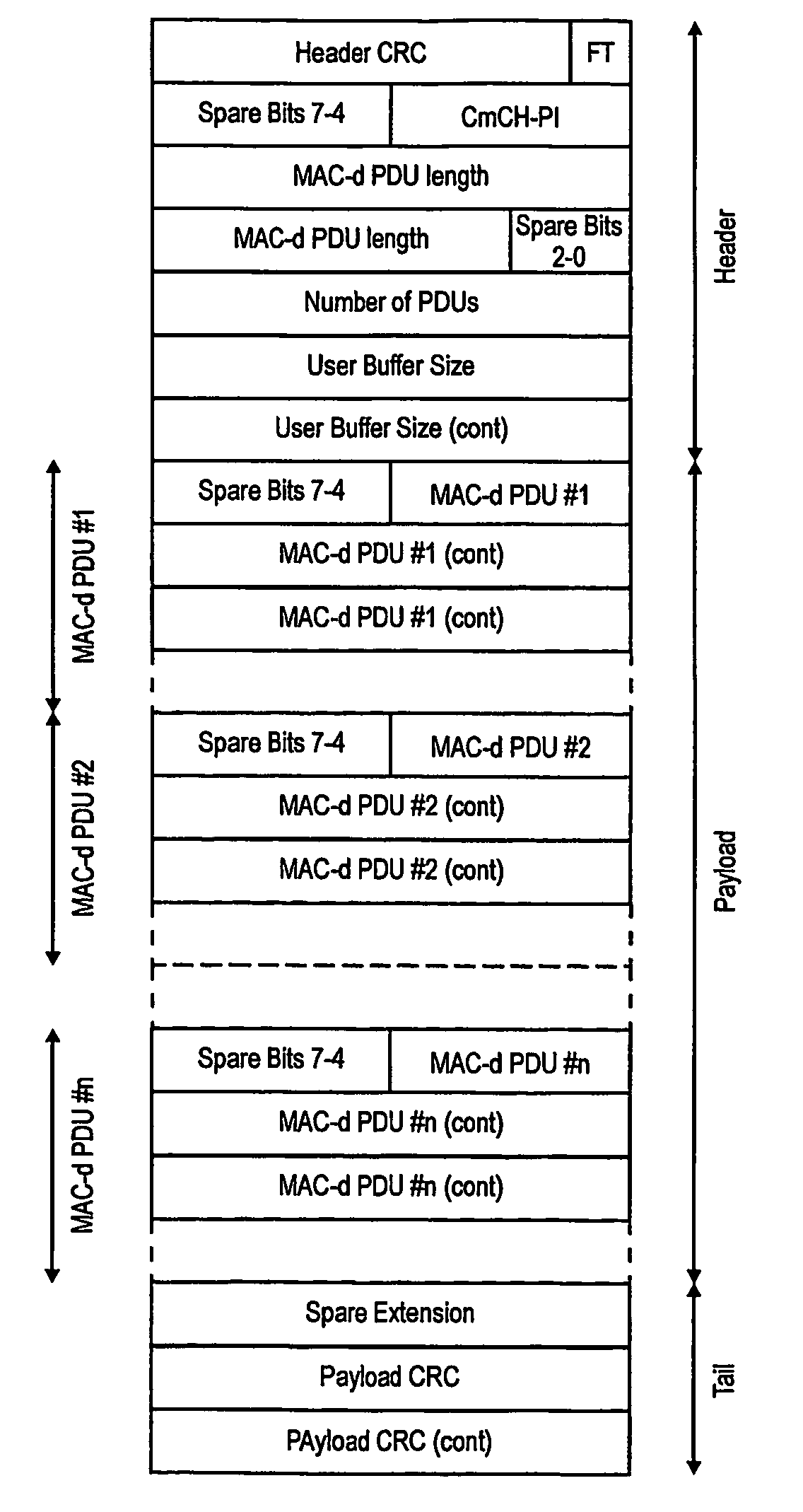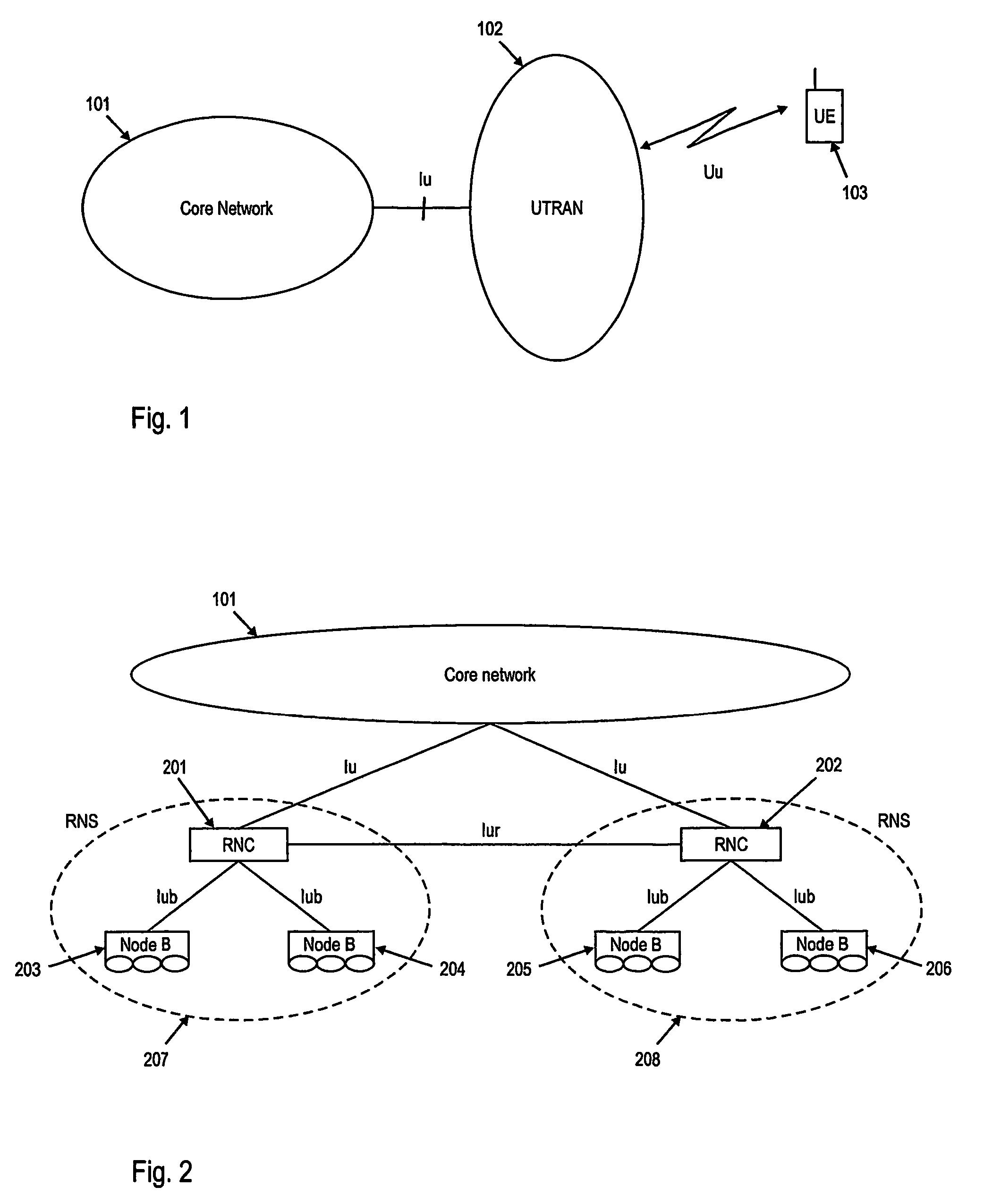Protocol context transfer in a mobile communication system
ontext transfer technology, applied in the field of protocoal context transfer in a mobile communication system, can solve the problems of handover delay, hysteresis with respect to pilot signal strength, and higher computational complexity of respective scheduling algorithms, so as to overcome the negative impact of data loss and delay
- Summary
- Abstract
- Description
- Claims
- Application Information
AI Technical Summary
Benefits of technology
Problems solved by technology
Method used
Image
Examples
Embodiment Construction
[0112]In the following a detailed description of the various embodiments of the present invention will be given mainly in respect to the evolved UTRAN architectures described earlier as an exemplary radio access network architecture. It is noted that the present invention is not limited to the examples given in the following and to the evolved UTRAN architectures. In the following the term Node B+ may also refer to the base stations BS shown in FIG. 5.
[0113]Before more closely discussing the protocol context transfer of retransmission protocols upon a cell change of the communication terminal, the changes that may be applied to the HSDPA protocol stack due to employing the evolved UTRAN architecture will be discussed in the following paragraphs.
[0114]An exemplary user plane protocol stack architecture for HSDPA for the evolved UTRAN architecture is shown in the FIG. 9. All radio interface-specific protocols may be moved to the enhanced Node B+ in order to minimize delay and relax re...
PUM
 Login to View More
Login to View More Abstract
Description
Claims
Application Information
 Login to View More
Login to View More - R&D
- Intellectual Property
- Life Sciences
- Materials
- Tech Scout
- Unparalleled Data Quality
- Higher Quality Content
- 60% Fewer Hallucinations
Browse by: Latest US Patents, China's latest patents, Technical Efficacy Thesaurus, Application Domain, Technology Topic, Popular Technical Reports.
© 2025 PatSnap. All rights reserved.Legal|Privacy policy|Modern Slavery Act Transparency Statement|Sitemap|About US| Contact US: help@patsnap.com



